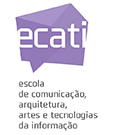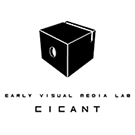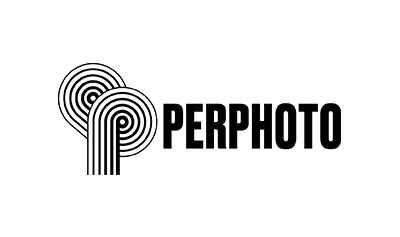Immersion, Transparency and Disappearance: a paradoxical aesthetics [EN]
João Carrilho
The concept of “immersion” is commonly associated with developments in audiovisual media, particularly to the technological capability to produce an “as if” experience (Breitsameter, 2018), indistinguishable from reality itself.
This technological dream of constructing a “mirror of nature” is further ignited by the belief in a future of unprecedented computational power. When computers have evolved to make hyper-realistic copies of the world around us, we may no longer know whether we are experiencing a simulation or real-life. According to the “simulation hypothesis” (Bostrom, 2003), it is almost inevitable that we already live in a computer program.
However, such a philosophy of “immersion” may be reproached in several ways. First, it assumes that the physical world is completely computational, which is not necessarily the case (Penrose, 1989). If the act of understanding or the activity of listening, for instance, are shown to require non-computational ingredients, then no traditional machine will be able to replicate them, independently of how powerful or complex it is. Secondly, it requires a debatable treatment of the anthropic principle: maybe we are not near the mean value of a gaussian distribution for what happens in the Cosmos. And even if the universe was filled with uncountable simulations, then the strongest probability would be that we should find ourselves in one of the lowest types (Carroll, 2019).
This article traces critical aspects of “immersion”, from its inception as technological utopia to the implications of its contemporary aesthetics. Following Andrew Parkers’ hypothesis that the Cambrian explosion could have been triggered by a sudden transparency of the oceans and atmosphere, allowing for distal perception, the text juxtaposes the digital revolution, considered as a second great transparency (Dennett, 2015) to Paul Virilio’s aesthetics of disappearance. The result is thus paradoxical: as sounds and images get coded into electromagnetic waves traveling at light speeds, mankind immerses itself in virtual worlds, at the risk of its own obliteration.
The discussion is centered on sound, where it is clear that the “reality” of sensory experiences is not something passive or unchanging, but rather a time-dependent endless recursion: Mankind transforms the soundscape and the soundscape changes man. Hearing and the sonic environment are co-discovered and co- created. They are unpredictable co-evolving processes. Today, sounds of any kind may appear from any spatial direction, at any distance, through any medium. They can inhabit any real or imagined location and should be free to propagate with arbitrary radiation patterns. But sounds also have the potential to transform the listening experience itself.
Organization


Partners





Campo Grande, 376, 1749 - 024 Lisboa | Tel.: 217 515 500 | Fax: 21 757 7006
Copyright © 2021 COFAC. Todos os direitos reservados. Gestão de conteúdos por Producao Multimédia
